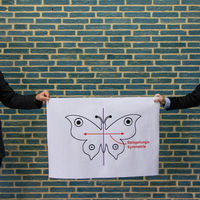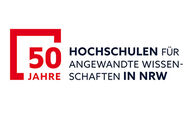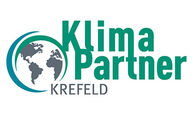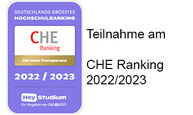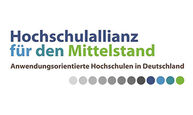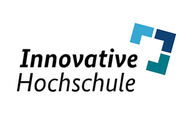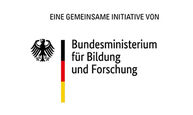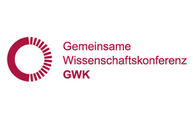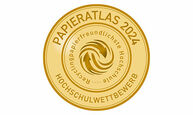Can computers decide whether designs are aesthetically pleasing? The Hochschule Niederrhein's Institute of Pattern Recognition (iPattern) has developed a corresponding algorithm as part of a current project. This can support designers in the creative design process. The project leader is Dr. Christoph Dalitz, Professor of Mathematics and Computer Science at the Faculty of Electrical Engineering and Computer Science.
Symmetries can play a special role in software-supported aesthetic evaluation. Symmetrical objects are often perceived as more beautiful than asymmetrical ones. Because Christoph Dalitz has already published several scientific papers on the subject of symmetry recognition, Niclas Sellebråten from Intelligent Design Automated (IDA) in New Jersey (USA) approached him to see if he could develop symmetry evaluation software for IDA.
Dalitz was happy to accept this offer: "Originally, we at the iPattern Institute had dealt with the topic of symmetry out of purely scientific interest, so I am delighted that an unexpected concrete application has arisen," he says. As part of a research project, he and computer science doctoral student Christian Neumann developed a software module for calculating the degree of symmetry of shapes.
This module is now being integrated into Intelligent Design Automated's software to automatically suggest more appealing designs to designers and weed out less appealing ones. "Symmetry assessments play a key role in our algorithm for visual aesthetics, and we are reaching a new level of computer support during the professional design process," say the founders of the still young company, Farid Chaouki and Niclas Sellebråten.
Despite many successes in the field of artificial intelligence, Dalitz is certain: "Artistic design still remains a domain of human creativity."


